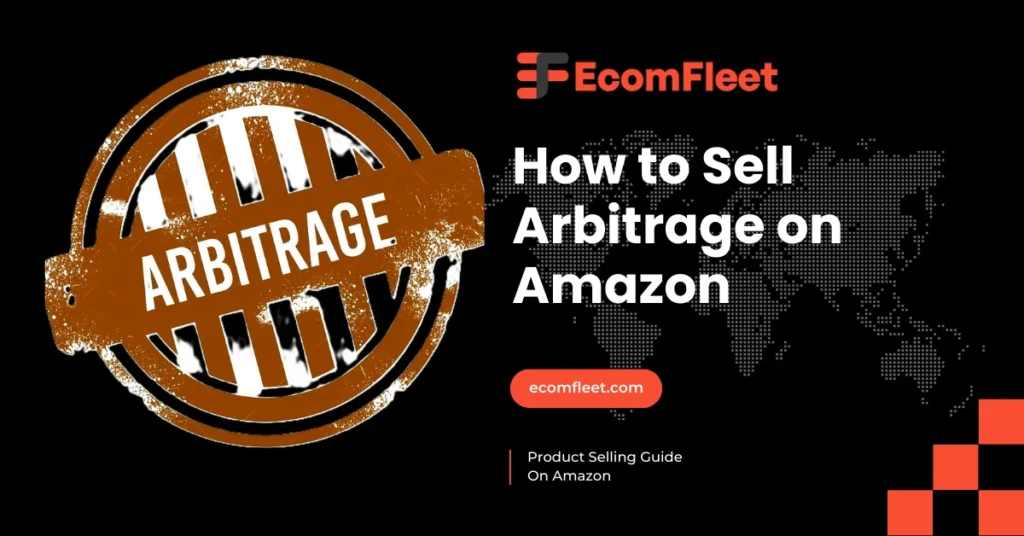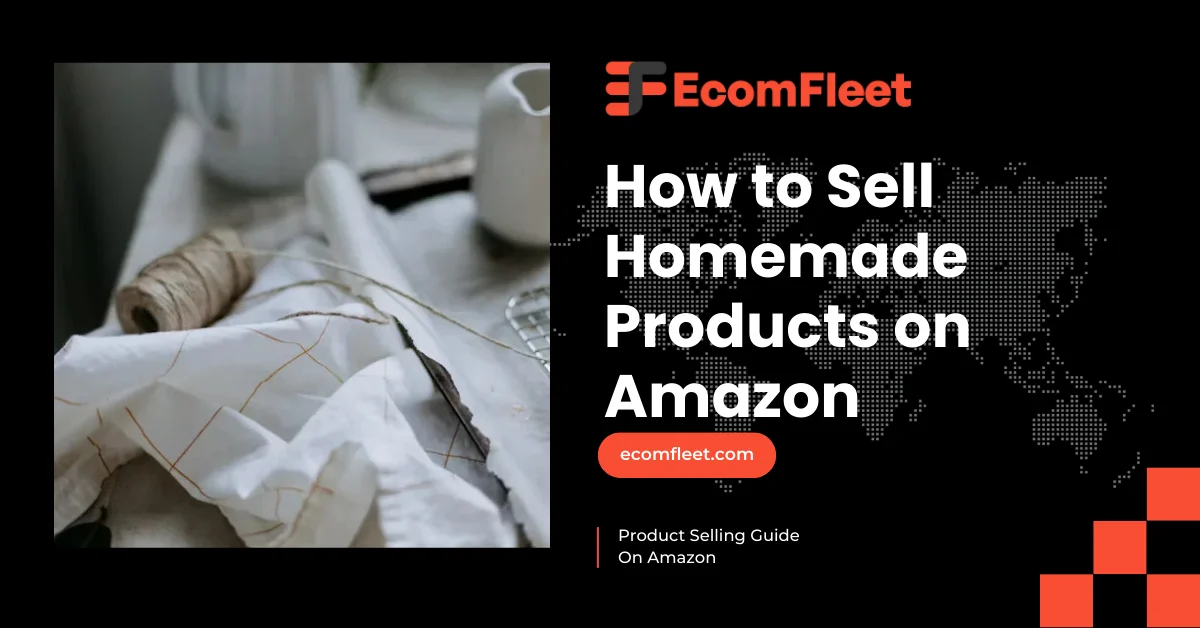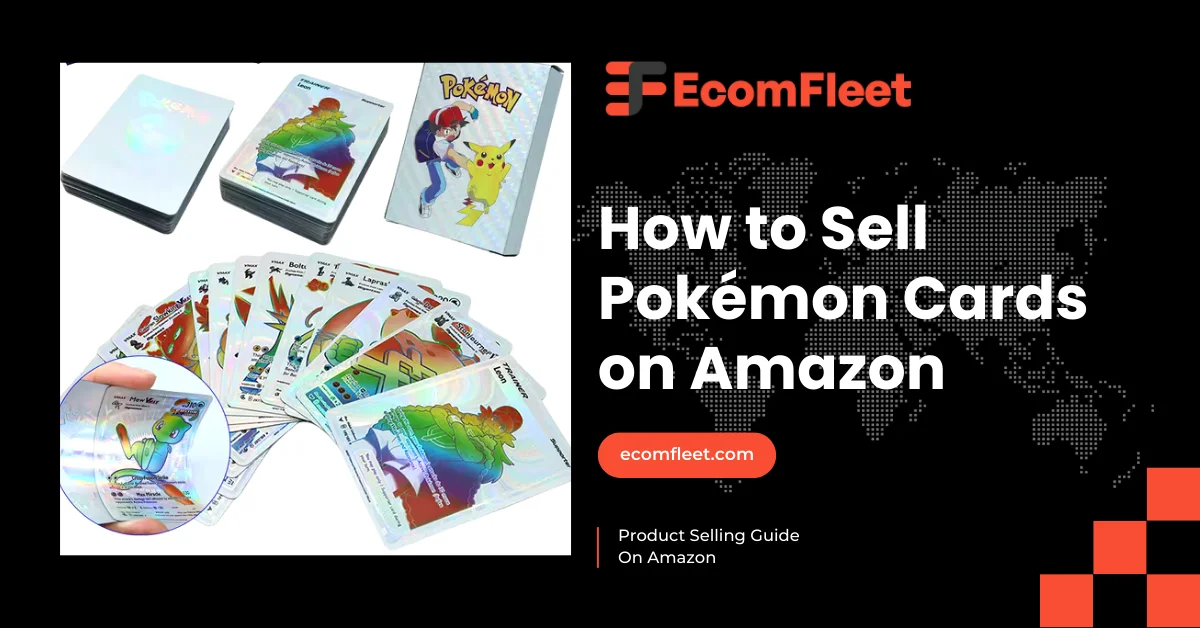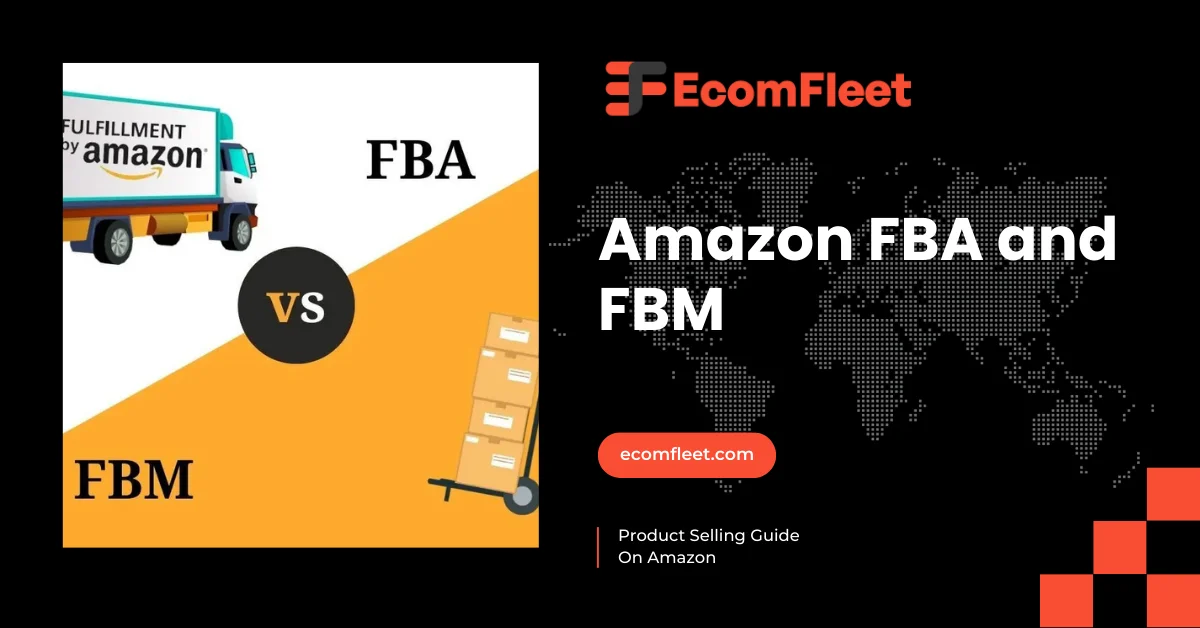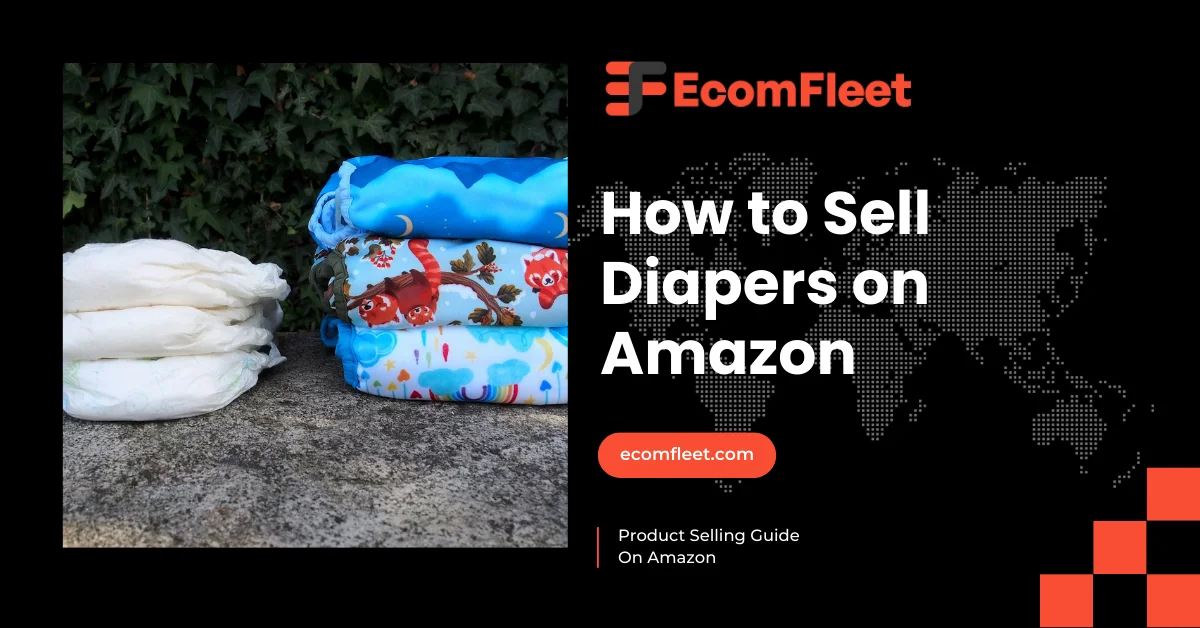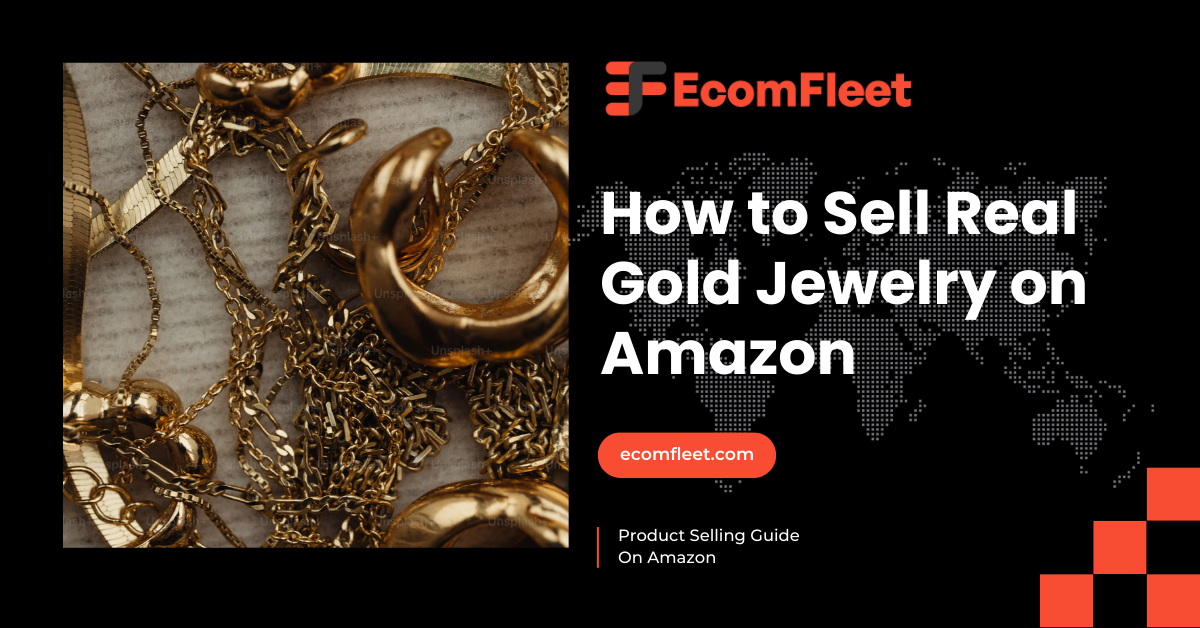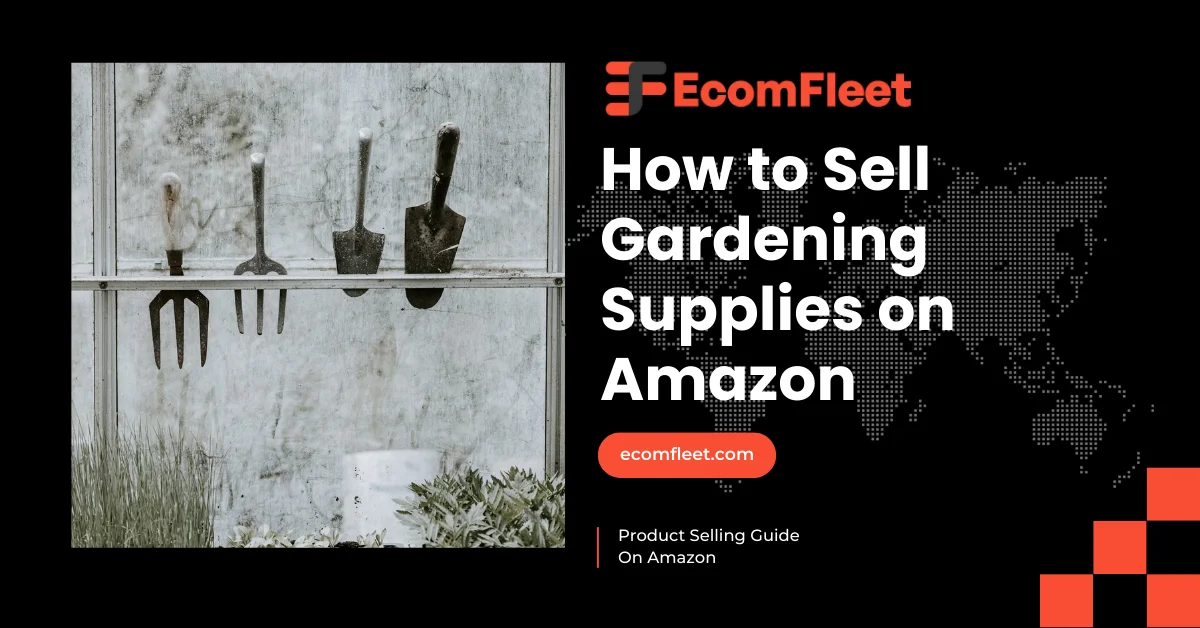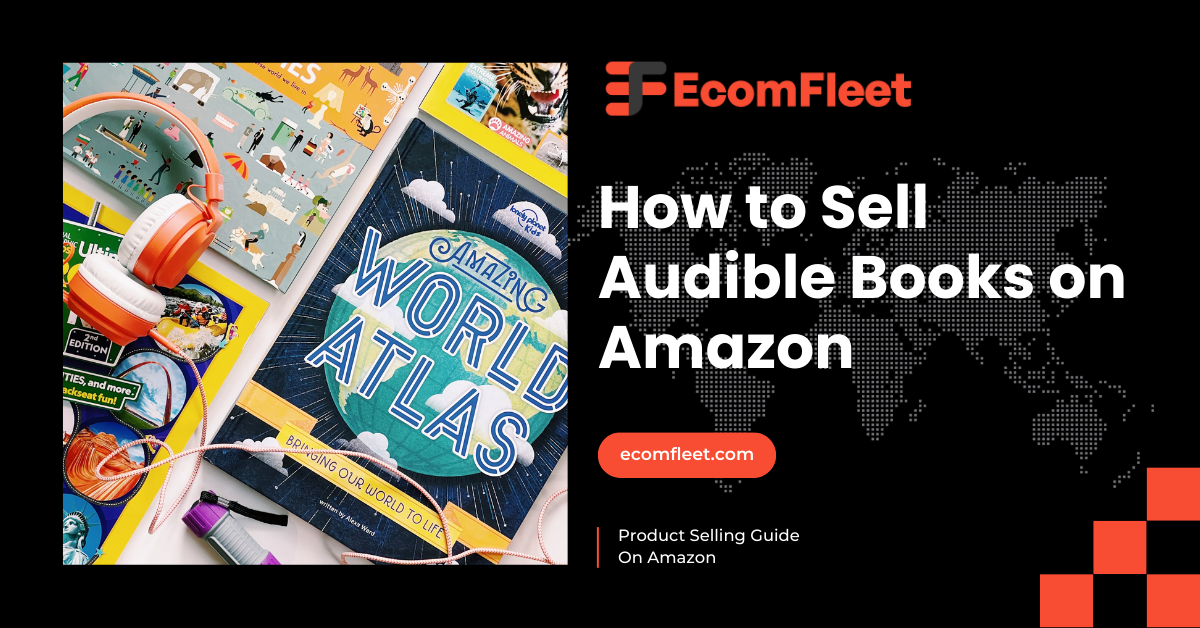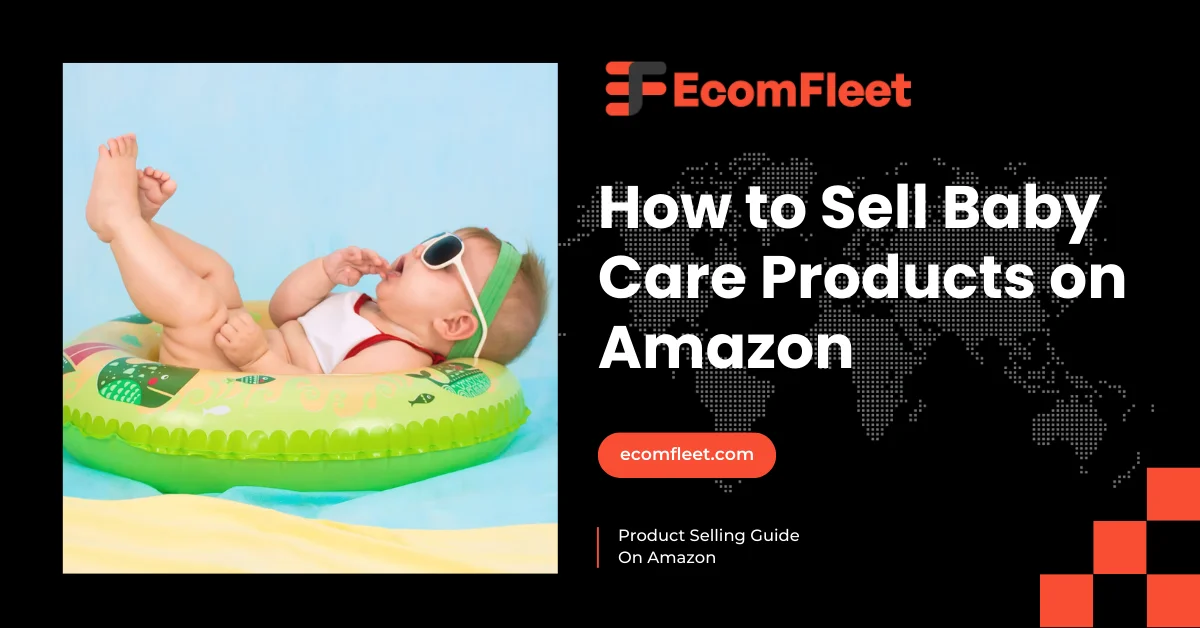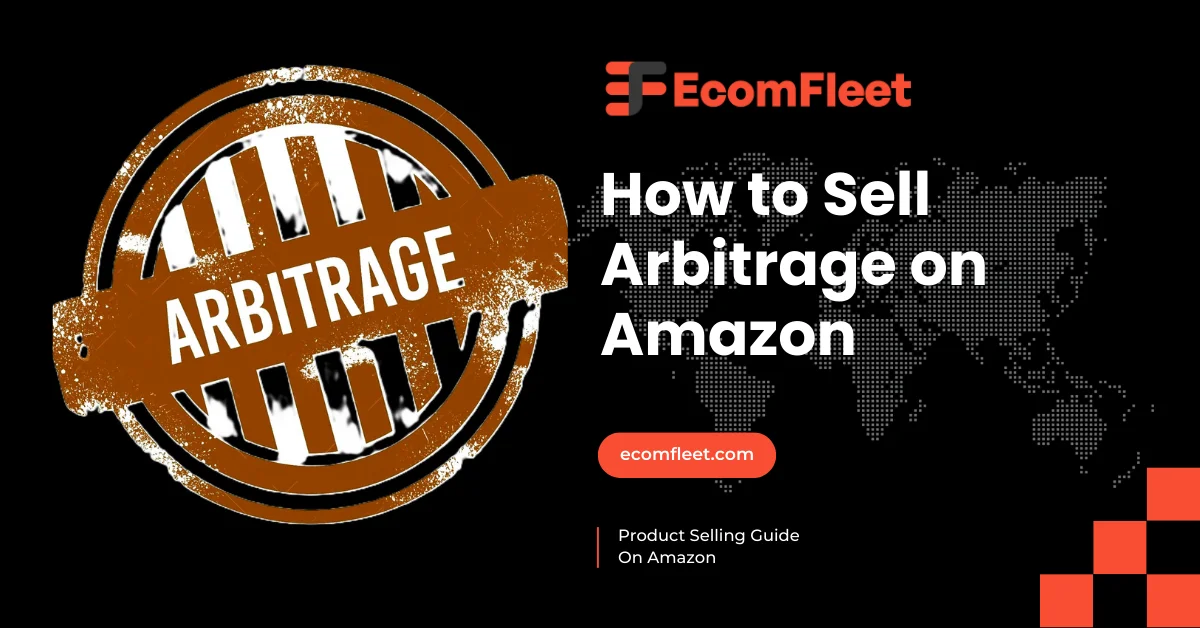Selling arbitrage on Amazon is a great way to make money by buying products at lower prices and reselling them at a higher price. The process involves finding items at discount stores, online marketplaces, or clearance sales, and then listing them on Amazon for a profit.
This business model requires careful product selection, pricing strategy, and understanding Amazon’s fees and policies. Success in Amazon arbitrage depends on how well you can source profitable products, manage inventory, and optimize your listings. Whether you’re just starting or looking to improve your strategy, knowing how to identify the right products and stay competitive in the marketplace is key to growing your business.
Benefits Of Selling Arbitrage on Amazon
Selling arbitrage on Amazon offers low startup costs, making it accessible for beginners. It provides flexibility, allowing you to work on your own terms and scale at your own pace. There’s big money in retail arbitrage which is why many sellers are looking for profitable opportunities. Those who are good at this space make 15% – 30% profit margins which translates to hundreds to thousands of dollars a month
- Low Startup Costs:
One of the biggest advantages of selling arbitrage on Amazon is the low initial investment. Unlike traditional retail businesses, you don’t need a physical store or a large inventory upfront. You can start with just a few products, test the market, and scale up as you go.
- Flexibility and Independence:
Arbitrage allows you to work on your own terms. You can choose the products you want to sell and set your own schedule. Whether you want to work full-time or part-time, this business model provides the flexibility to fit your lifestyle.
- Potential for Quick Profits:
Since you’re reselling products at a higher price, you can see faster returns on investment. With the right product selection and pricing strategy, you can start earning profits quickly, especially when you find trending or high-demand items.
- Low Risk:
Unlike creating your own product line, arbitrage carries less risk. You’re selling existing products that are already in demand. You also have access to Amazon’s massive customer base, reducing the risk of not finding buyers.
- Easy to Learn and Scale:
Arbitrage is beginner-friendly and can be easily learned. As you gain experience, you can scale your business by sourcing more products, using tools to track your inventory, and optimizing your listings for better visibility.
Selling Arbitrage on Amazon: Step by Step Guide
Set Up Your Amazon Seller Account
To sell arbitrage products on Amazon, the first step is setting up an Amazon seller account. Amazon offers two types of accounts: Individual and Professional.
Account Types
Individual Seller Account:
- Monthly Fee: No monthly fee is charged for an Individual account.
- Per Sale Charges: Amazon charges $0.99 per sale. For example, selling 100 items in a month would incur a total fee of $99.
- Features: Individual accounts have limited features, such as no bulk listing options and fewer tools for sales analytics.
Professional Seller Account:
- Monthly Fee: A Professional account costs $39.99 per month, regardless of the number of sales.
- Per Sale Charges: There are no per-item fees, but Amazon takes referral fees based on the product category, ranging from 6% to 45%.
- Features: Professional accounts offer various tools, including:
- Bulk listing options
- Advanced inventory management
- Amazon advertising opportunities
- Access to detailed analytics and sales reports
- Eligibility for the Buy Box, which increases visibility and sales potential
Getting Started
Registration Steps:
- Visit the Amazon Seller Central website.
- Click “Register” to begin the sign-up process.
- Complete the necessary details:
- Your full name and email address
- Business details (if applicable)
- Business address and contact information
- Bank account information for payments
Create Your Seller Profile
A well-designed seller profile is crucial for building credibility and attracting customers. Key components include:
- Business Name: Choose a name that will be visible to customers on Amazon.
- Business Address: Provide a physical address to enhance customer trust.
- Email Address: Use a professional email address linked to your business.
- Phone Number: Include a contact number for customer inquiries.
- Professional Logo: Upload a high-quality logo to build brand recognition and trust.
Sourcing Arbitrage Products
Sourcing products for arbitrage on Amazon is crucial for maximizing profits. The goal is to find products at a lower price and resell them on Amazon for a profit. There are several effective methods for sourcing products:
Retail Stores: Visiting local retail stores, especially during sales or clearance events, is a great way to find discounted items. Look for end-of-season products, closeouts, or limited-time promotions where you can score deals. Many popular retailers also have online clearance sections you can explore.
Online Marketplaces: Websites like eBay, Walmart, and Overstock often offer significant discounts or bulk purchasing options that can provide the opportunity to resell for a higher price on Amazon. Check for deals that are below market value, especially for high-demand items.
Wholesale Suppliers: Partnering with wholesalers gives you access to bulk purchases at discounted rates. Establishing a relationship with reliable suppliers can help you consistently find profitable products. However, it’s important to verify the quality of the products and check if there’s enough demand on Amazon.
Thrift Stores and Auctions: Thrift stores, estate sales, and online auctions like eBay can uncover hidden gems that are undervalued. Vintage or unique items found in these places often sell for a higher price on Amazon.
No matter where you source your products, always research the potential profit margins, demand, and Amazon fees to ensure a good return on investment.
Listing Your Products
Once you’ve sourced your arbitrage products, the next crucial step is listing them on Amazon. Properly listing your products can significantly impact your visibility and sales. Here’s how to do it effectively:
- Create a Compelling Title:
The title is the first thing customers see, so make sure it’s clear, concise, and includes key information. Include the product name, brand, model number (if applicable), and important features. Keep the title under Amazon’s character limit to ensure it displays properly.
- Write a Detailed Product Description:
A detailed, well-crafted description helps customers understand the benefits and features of your product. Be specific about the condition of the item, its uses, and any unique qualities. Highlight its advantages over similar products and use simple, persuasive language that encourages buyers to make a purchase.
Optimize Bullet Points:
Use bullet points to list key features, such as size, color, material, or condition (new, like new, etc.). This format makes it easy for customers to quickly skim the product’s essential details.
Choose the Right Categories and Keywords:
Select the most relevant product category to make your listing easier to find. Additionally, use Amazon’s search engine optimization (SEO) guidelines to include relevant keywords throughout your listing, such as in the title, description, and backend search terms.
Set Competitive Pricing:
Research what similar products are priced at and aim to offer a competitive price. Keep in mind Amazon’s fees, including referral and shipping costs, to ensure you maintain a healthy profit margin.
Upload High-Quality Images:
Clear, high-quality images are essential for attracting buyers. Include multiple photos of the product from different angles, showing any flaws (if applicable) to build trust with potential customers.
Choosing a Selling Method Between FBA and FBM
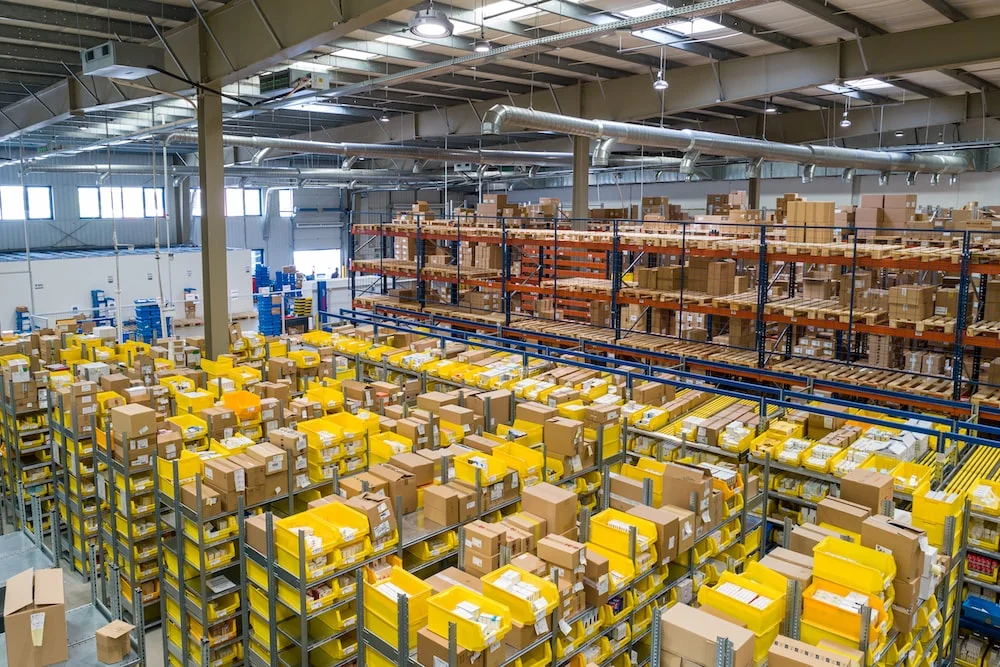
When selling on Amazon, you can choose between two fulfillment methods: Fulfilled by Amazon (FBA) or Fulfilled by Merchant (FBM). Each method has its own benefits and costs, so it’s important to choose the right one for your business.
Fulfilled by Amazon (FBA)
With FBA, Amazon handles storage, packing, and shipping of your products. Here’s why you might consider it:
Prime Eligibility:
FBA products are eligible for Amazon Prime, which can increase your sales by attracting Prime members who prefer fast, free shipping.
Less Hassle:
Amazon manages all logistics, from warehousing to customer service, allowing you to focus on sourcing products and growing your business.
Better Buy Box Chances:
FBA sellers often have a higher chance of winning the Buy Box, increasing product visibility and sales potential.
FBA Costs:
FBA fees include fulfillment fees based on size and weight, ranging from $2.50 to $75.78. Storage fees are charged monthly, at $0.75 to $2.40 for standard items and $0.48 to $1.20 for oversize items. Amazon also charges a referral fee, ranging from 6% to 45%, depending on the product category, for each sale made on the platform.
Fulfilled by Merchant (FBM)
With FBM, you handle the storage, packing, and shipping yourself. Here’s why you might prefer FBM:
More Control:
You have full control over inventory and fulfillment, which allows flexibility in packaging and shipping methods.
Lower Fees:
Since you’re responsible for fulfillment, you avoid the storage and fulfillment fees charged by Amazon, making it a more cost-effective choice for smaller sellers.
No Storage Limits:
You don’t have to worry about Amazon’s storage limits or long-term storage fees, which can add up quickly with FBA.
FBM Costs:
- Shipping Fees: You’ll need to cover the cost of shipping to customers.
- Referral Fees: Like FBA, Amazon charges a referral fee for each sale based on the product category.
- Fulfillment Costs: You are responsible for packing, shipping, and managing inventory, which can be time-consuming and costly depending on your setup.
Which One to Choose?
If you want convenience, more exposure through Prime, and less management of logistics, FBA is a great option. However, if you prefer more control, lower fees, and can handle the fulfillment process, FBM might be the better choice for you. Consider your budget, time, and business goals when deciding between FBA and FBM.
Do Amazon Marketing or Hire an Amazon Consultant

When selling on Amazon, you can either manage your own marketing efforts or hire an Amazon consultant to help grow your business. Amazon Marketing allows you to create and manage your own campaigns, such as Sponsored Products, Sponsored Brands, and Sponsored Display Ads. This gives you control over your budget, targeting, and strategies but requires time and expertise in Amazon’s advertising platform.
On the other hand, hiring an Amazon consultant can be beneficial if you want to save time and leverage specialized knowledge. Consultants bring experience in creating effective marketing strategies, optimizing listings, and running successful campaigns to improve visibility and sales. They also help with SEO, keyword research, and data analysis to refine your strategy. However, hiring a consultant comes with additional costs, so it’s important to assess if the investment will deliver a strong return.
Hire Ecomfleet to Skyrocket your Amazon sales
If you are unsure where to start or need expert help, consider reaching out to Ecomfleet. Our experienced consultants can help your coffee brand thrive in a competitive market. Let us handle the details so you can enjoy the rewards of your hard work.
Getting Users Feedback
Getting audience feedback is essential for improving your products and marketing strategy on Amazon. One of the most effective ways to collect feedback is through product reviews. Customers often leave reviews that provide insights into the strengths and weaknesses of your products, helping you make necessary adjustments. Encouraging satisfied customers to leave positive feedback can improve your product’s credibility and attract more buyers.
Another way to gather feedback is through Amazon’s “Customer Questions & Answers” section, where potential buyers ask questions about your product. Responding to these inquiries helps build trust and provide additional details about your product.
You can also leverage surveys or follow-up emails after purchase to get direct feedback from your customers. This helps understand their buying experience and any areas for improvement. Listening to your audience allows you to enhance your products and services, leading to higher customer satisfaction and better sales performance.
Leverage Social Media Advertising To Boost Sales
Leveraging social media advertising is an effective way to boost your Amazon sales and increase brand awareness. Platforms like Facebook, Instagram, and TikTok allow you to target specific audiences based on demographics, interests, and behaviors, making it easier to reach potential customers. By creating engaging ads with clear calls-to-action, you can drive traffic directly to your Amazon listings.
Start by showcasing your products with eye-catching visuals and promotional content. You can use carousel ads or video ads to demonstrate the features and benefits of your products, which can capture more attention. Running retargeting campaigns is another powerful strategy. If someone visits your Amazon page but doesn’t make a purchase, you can remind them about your product through targeted social media ads.
Additionally, collaborating with influencers or running affiliate programs can help spread the word about your products to a wider audience, leading to increased traffic and higher sales.
Tracking Sales and Analyzing Performance
Tracking sales and analyzing performance is crucial for optimizing your Amazon business. Amazon provides built-in tools like Amazon Seller Central to monitor your sales data, track inventory, and measure your campaign performance. You can review sales reports, including Order Reports, Payment Reports, and Business Reports, to get a detailed overview of your revenue, expenses, and profits.
Using Amazon’s advertising reports allows you to assess the effectiveness of your marketing campaigns, including metrics like ACoS (Advertising Cost of Sale) and CTR (Click-Through Rate), helping you adjust your strategies for better results.
Additionally, third-party analytics tools like Jungle Scout or Helium 10 provide in-depth insights into product performance, keyword rankings, and competitor analysis, helping you make data-driven decisions. By continuously tracking and analyzing these metrics, you can identify trends, optimize listings, and improve your sales strategy for sustained growth on Amazon.
Top Arbitrage Selling Categories on Amazon
Books
Selling books through arbitrage is one of the most profitable categories on Amazon. Many sellers source discounted or used books from thrift stores, auctions, or liquidation sales. Books often have low fees and can yield high profit margins, especially rare or collectible editions. Popular genres like fiction, textbooks, and children’s books tend to sell quickly.
Average Price Range: $5 – $50
Electronics
Electronics like gadgets, accessories, and small appliances perform well on Amazon. Arbitrage sellers can source these items at discounted prices from retailers, clearance sales, or online marketplaces. Due to their high demand, electronics often attract higher prices, leading to profitable sales. Always ensure the products are in new or like-new condition.
Average Price Range: $20 – $200
Toys & Games
Toys and games, especially during holidays or seasonal peaks, are a lucrative arbitrage category. Popular brands and trending items can lead to fast turnover and good margins. Many sellers source toys at a discount through clearance sales or wholesale deals. This category requires staying updated on trending toys.
Average Price Range: $10 – $100
Home & Kitchen
Products for the home, such as small appliances, cookware, and furniture, often sell well. By sourcing products on clearance or at discounted prices, arbitrage sellers can take advantage of demand for home improvement. High-quality, branded products typically have better margins.
Average Price Range: $15 – $150
Health & Personal Care
Health and personal care products, including supplements, skincare, and wellness items, are a fast-growing category on Amazon. Arbitrage sellers can source these items from wholesalers, pharmacies, or liquidation sales. Always ensure the products are in date and meet Amazon’s requirements.
Average Price Range: $10 – $70
Conclusion
Selling arbitrage on Amazon offers a profitable opportunity for those willing to put in the time to source products and manage their business effectively. By targeting top-selling categories like books, electronics, toys, home & kitchen, and health & personal care, sellers can leverage price differences to generate a healthy profit. Understanding fees, choosing the right selling method, and tracking performance will help optimize the process. With the right approach and strategy, you can succeed in Amazon arbitrage.
Frequently Asked Questions
What is Amazon arbitrage?
Amazon arbitrage is the practice of purchasing products from retail or online stores at a lower price and reselling them on Amazon for a profit.
What are the best categories for arbitrage?
The top categories include books, electronics, toys & games, home & kitchen, and health & personal care.
How do I know if a product is profitable for arbitrage?
Research product prices, fees, and demand on Amazon. Use tools like Amazon’s FBA calculator or third-party software to check profitability.
Do I need an Amazon seller account for arbitrage?
Yes, you need an Amazon Seller Account to sell products through arbitrage. You can choose between Individual or Professional accounts depending on your volume

